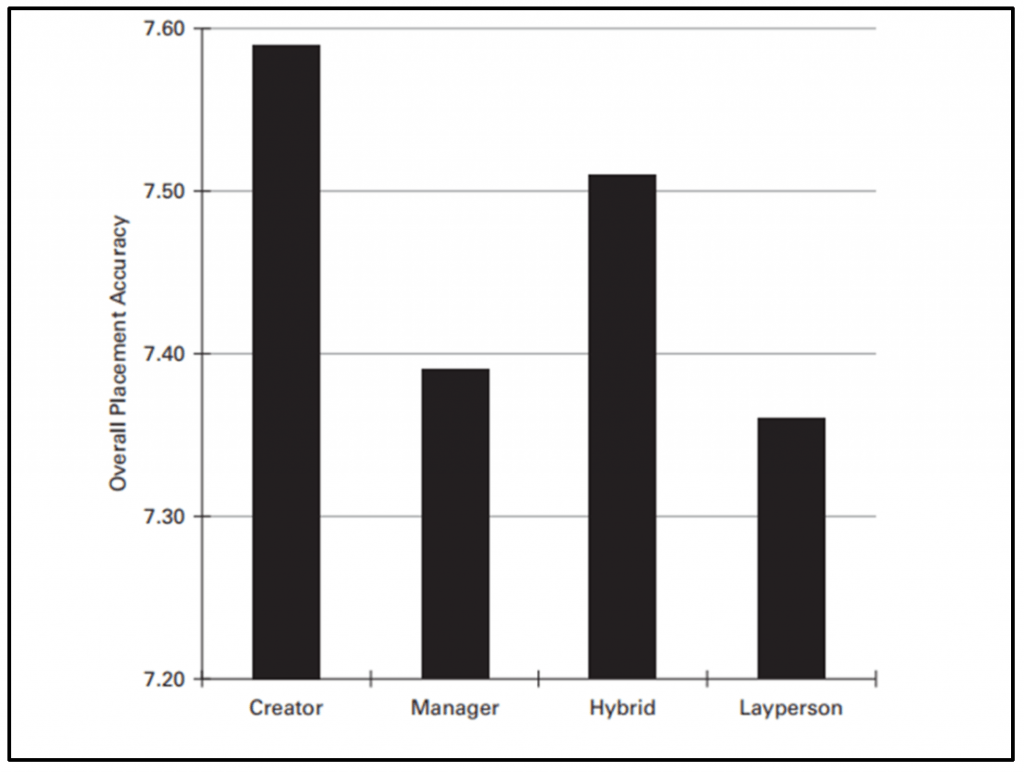Today, I’m talking about organisational culture and how it relates to innovation.
Understanding how culture impacts innovation is critical when starting and growing a winning business.
One type of culture – innovation theatre, works on hierarchical approval, command and control management and ROI focus. What it won’t generate is innovation on a sustained basis. Instead, it will create a fear of failure.
The other type of culture – creative confidence, works on enabling distributed participation, psychological safety and embracing intelligent failure. That’s where business gets won.
Most people are trapped in judgemental, siloed and individualistic business cultures.
Innovation theatre stifles. Creative confidence enables.

Read time: 5 minutes (or less) 👇
Here’s what you’ll takeaway:
- What’s driving innovation theatre.
- Why the panic sets in for unprepared leaders.
- Steps to a creative confidence culture.
Let’s get going!
What Drives Innovation Theatre?
Today’s world is often volatile, uncertain, complex and ambiguous.
Many legacy businesses are being disrupted by new competitors, better business models, technology utilisation, regulations, workforce lifestyle choices and more.
We only need to look at the bankruptcies COVID has brought to many large businesses to remind ourselves that things can change fast.
Some organisations have responded and are succeeding by thinking differently and innovating. Everything from telehealth to robot deliveries to online education.
As we return to standard times, customers have formed new habits, enjoyed new experiences or reduced costs.
Some businesses may return, and others will be gone forever.
Often, the problem isn’t a one-off event, new market competitor, or new technology. Instead, it is organisational culture.
As companies become more successful and are around for longer, they become more process driven.
They try to gain repeatable, scalable, ‘business-as-usual’ efficiencies.
Often becoming weighed down by human resources, acquisition, financial processes…
Along with processes comes the need for managers with a process mindset.
Processes reduce failure and risk.
It also reduces creativity, agility and lean capabilities. Both of which are needed to respond to opportunities and threats.
That's When the Panic Sets In

Corporates and large organisations will often panic when they realise they are being disrupted.
This HBR article outlines that, in an attempt to retain competitive advantage rapidly, unprepared leaders will do 3 things:
1) Use external consultants
The external consultants often reorganise the business.
The time spent reorganising will expend much-needed resources and focus rather than deliver a service or product that provides more value to customers.
Reorganising isn’t addressing the need for innovation.
It will result in ‘organisational theatre’.
2) Adopt innovation activities
For more short-term gains, large organisations will start to use ‘idea competitions’, try co-creation, design thinking or design sprint workshops.
I’m not against these tactics. These tools are handy. They just aren’t usually done very well.
And are seen as a panacea rather than a way of working.
It results in good intentions without tangible outcomes.
This is ‘innovation theatre’.
3) Reform existing processes
Once reality sets in, the things that helped them scale are obstacles to innovation.
An attempt is made to innovate by reforming existing processes.
Improving processes is only part of the strategy.
But, it often leads to ‘process theatre’.
5 Tactics for a Creative Confidence Culture
Some practical steps can be taken to help build a culture of innovation.
Create a psychologically safe workplace.
When I think about a psychologically safe workplace, the exact opposite often comes to mind.
An example is the VW emissions scandal. VW sought to innovate at all costs.
A hierarchical and intimidating culture meant that even when people knew the technology was cheating the system.
Nobody spoke up (enough) for fear of repercussions.
5 practices for forward-thinking leaders:

1) Design an intentional culture
- Take the time to assess the current state of your culture across various cultural factors.
- Working with your team, develop the desired culture.
- Identify the gaps.
- Create the roadmap.
2) Model the behaviours
Once the framework is developed, those in influential formal and informal roles must model the desired behaviours.
How many organisations have you been part of where leaders didn’t ‘walk the walk’ after ‘talking the talk’ (I know I have)?
There is no better way to build trust and confidence in the new way forward.
3) Celebrate failure
Failure is a natural part of innovation.
Innovation creates something new for the world or the organisation. It is different to preventable failure in predictable processes.
We can not ‘know’ what will happen when we try something new.
We must learn our way to success.
Therefore, reframing the mindset from ‘we have failed’ to ‘we have learned’ is one of the most critical innovation skills.
Some businesses even hold celebrations when projects fail to allow people to move on from this project and focus on the next.
4) Cultivate equal participation
Innovation shouldn’t be the exclusive domain of executives and managers.
Often, those on the front line can share critical insights that lead to innovation.
What’s more, peers (rather than managers) are often better at predicting the success of an idea.
So, establish a system that provides accessibility and encouragement for participation for all levels of an organisation.

5) Invite contrarian views
Conflict is essential for high-performing teams.
Innovation requires people that are ‘yes, and’ types along with the ‘yes, but’ types.
The more diverse perspectives in the team provides the possibility of new insight and knowledge.
As a leader, it’s essential to manage these dynamics well by creating guidelines that foster non-judgemental environments and conversations.
All ideas are valid and should be explored until the most favourable idea emerges as the frontrunner.
The short of it
- To win and retain competitive advantage organisations need to embed a creative confidence culture.
- Leaders must intentionally design a psychologically safe workplace for ideas and innovation to flourish.
- Being reactive won’t win. Start today to be prepared.
If you enjoyed this newsletter, please share it with 1 other person.
That’s all.
Let’s achieve together.
🥇 LinkedIn Tip of the Week 🥇

🔥Culture Quote🔥
“We have a culture where we are incredibly self critical, we don’t get comfortable with our success.” – Mark Parker, CEO, Nike
👏 Free Design Thinking Course 🙌
I recently launched a free 7-day course that will teach you the fundamentals of validating a business idea, solving a complex problem, innovating a product or service.
You can learn it in less than 10 minutes a day.
Here is some feedback I recieved:





Can’t wait to share it with you.
You can access it here.


